Executive of the Month: Haddad of Elijah Equities is reinventing commercial office space with The Warehouse
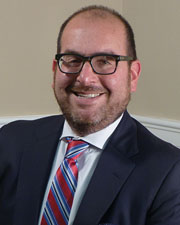
New York, NY The New York Real Estate Journal (NYREJ) sat down with James Haddad, principal at Elijah Equities, our executive of the month, for a question and answer session.
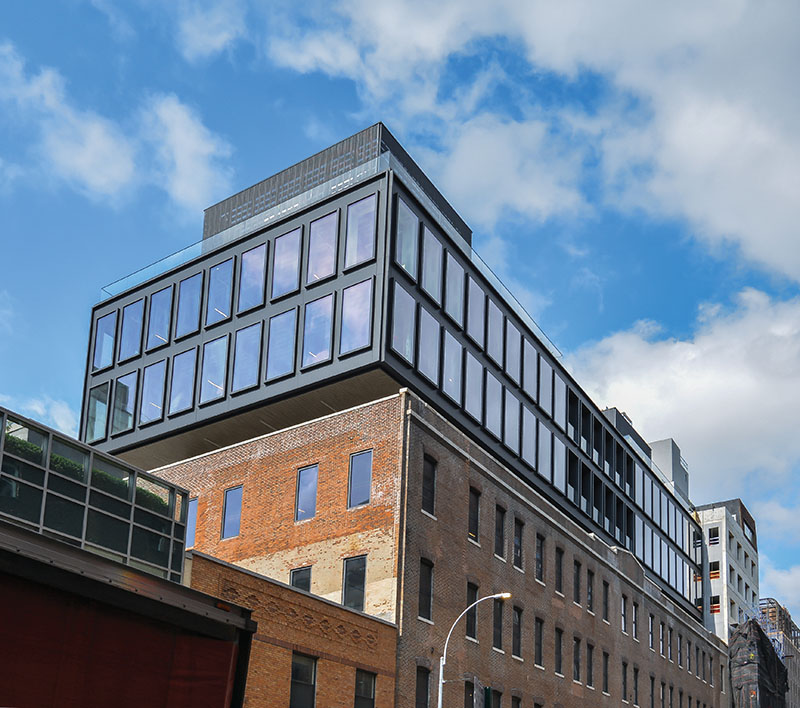
NYREJ: What led you to pursue The Warehouse project in Chelsea?
Haddad: Well, quite frankly our family has owned the building since I was a kid. It was formerly a textile warehouse facility for the Carolina Manufacturing Co., which my grandfather Eli founded in the early 20th century. Over the past two decades we watched as the neighborhood evolved from a gritty, industrial, almost-forgotten corner of Manhattan into basically the epicenter of art, culture, nightlife, and open space with the advent of the High Line park. I spent the earliest days of my teenage years physically working at the warehouse in this building. Being such an integral part of my childhood, it was important to me to preserve the original structure and have it flourish and appreciated by upcoming generations. Therefore, The Warehouse needed to be reinvented to achieve its highest and best use. Finally, as we are focused on the commercial office market as a firm with our other assets in Manhattan, it was an easy decision to stick to what we knew and deliver a first-class boutique office building into this now vibrant market.
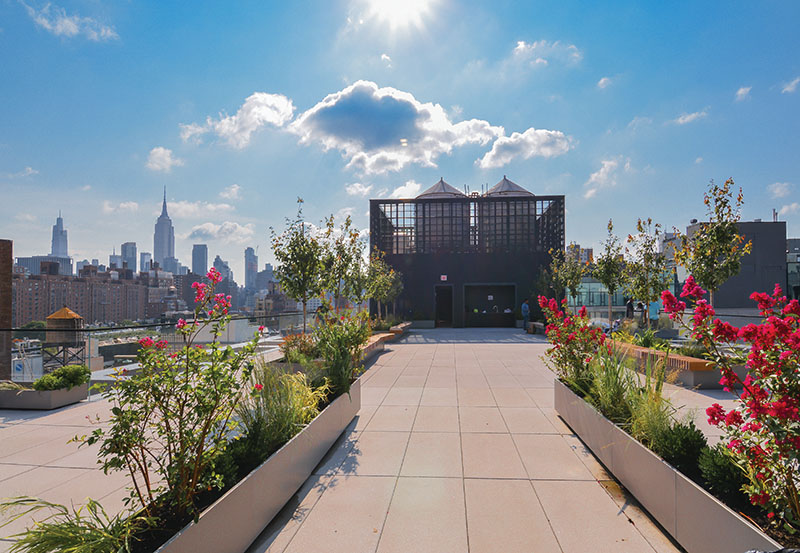
NYREJ: Tell us about The Warehouse project. What was the inspiration behind it and its design?
Haddad: Being that as a family we knew we wanted to retain the original structure, and add a modern addition, we immediately reached out to Morris Adjmi, of his eponymous firm, as he had completed two other stunning modern additions to older brick structures–The Wythe Hotel in Williamsburg and the Samsung Building in the Meatpacking District. Morris was tasked to reimagine the historic building as a cutting-edge modern workspace. He instantly understood our vision and succeeded in crafting a stylish contemporary glass addition that maintains the integrity of the original structure, while creating an environment inspired by innovative technology and materials, designed to support a modern way of working. Since we had owned the building for so long and did not have to first absorb an acquisition cost, we decided to reinvest those “savings” into a visually appealing design. The cantilevered expansion rests upon two new structural cores which were “dropped inside” the original building, which was quite frankly a very complicated and expensive structural process to stage and complete. That said, the finished product speaks for itself with a myriad of open-air and covered outdoor spaces. The Warehouse not only marries old design with new, it offers floor-to-ceiling windows, high ceilings, central heating and cooling on each floor and almost 18,000 s/f of outdoor space with terraces on the second, fifth, sixth and seventh floors as well as a wraparound roof terrace. The space overlooks the High Line and Hudson River and offers sweeping sights of the skyline, including unobstructed views of the Empire State Building. The result is visually impactful.
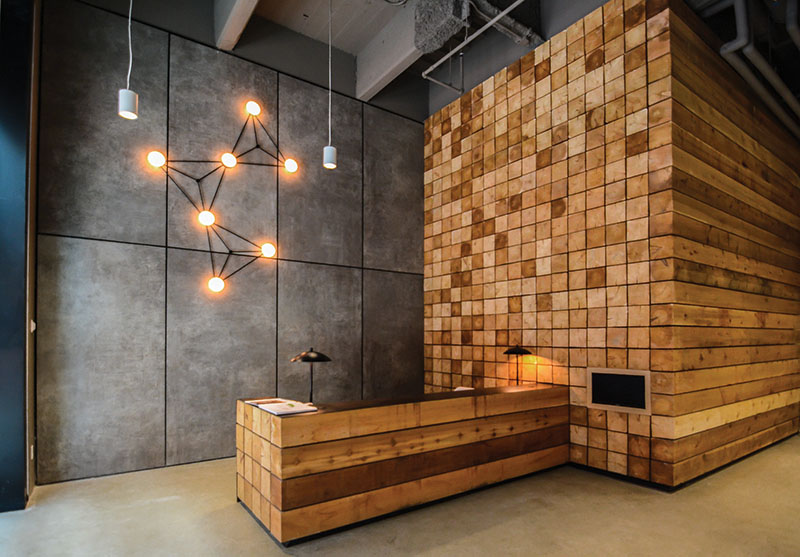
NYREJ: How has the team been marketing The Warehouse in this difficult office market?
Haddad: That is a great question. It had been months since anyone in the brokerage community has been to their offices, conducted showings and canvassed tenants. So, we brainstormed with our team at Newmark Knight Frank on how best to kick things off at The Warehouse in a unique and memorable way. We came up with a plan to host a series of virtual tours of the building, since a traditional launch event was not possible due to the COVID-19 pandemic. Manhattan’s leading commercial brokers were sent a very humorous and engaging invitation that featured a personalized Cameo video message from Kevin O’Leary, also known as “Mr. Wonderful,” telling them that basically it was time to get off their butts, get back to work and check out The Warehouse! I cannot overstate just how much of a positive reaction we have received from that creative campaign. It was just the jolt our entire industry needed to get out of the malaise we were all in. While a virtual tour could never replicate the experience of touring the actual building with all its special features and outdoor spaces, it was a fantastic start that we hope to build upon.
NYREJ: How has COVID-19 impacted The Warehouse project?
Haddad: Since March we have been committed to implementing touchless technology features to The Warehouse, to prioritize safety and hygiene. This is of utmost importance to us and the real estate market overall, as we work diligently to ensure future tenants feel confident bringing staff into the office. We are programming elevators at The Warehouse to be operated via phone and a key fob. The building will also feature wave-to-open lobby doors, for an entirely touch-free experience. Additionally, The Warehouse’s high ceilings, large floor plans and state-of-the-art air filtration systems will cater to this as well.
NYREJ: What type of companies are you seeing interest from right now?
Haddad: We are in touch with technology start-ups, software companies, media and creative companies looking for a New York City flagship. We have also seen interest from architecture firms, financial firms and non-traditional companies, particularly in the sciences.
NYREJ: How do you envision the future of the office changing?
Haddad: The reports of the death of the office are grossly exaggerated. I am confident that while there are segments of the business arena that may be better served, or at least output-neutral by moving off-site or work-from-home, the majority of businesses will come to realize that in order to extract maximum productivity from their employees, a dedicated shared, collaborative office environment is the ideal set-up. That being said, there will definitely be some shifts in how that is put into effect going forward. We anticipate more flexibility in terms of the number of hours/days employees will work in the office, the arrangement of physical individual workspaces as well as a heightened focus on indoor air quality, daylighting, and outdoor areas.
Hanna Commercial Real Estate brokers Agri-Plastics 64,000 s/f manufacturing facility lease at Uniland’s 2 Steelworkers Way


Lasting effects of eminent domain on commercial development - by Sebastian Jablonski

Behind the post: Why reels, stories, and shorts work for CRE (and how to use them) - by Kimberly Zar Bloorian

AI comes to public relations, but be cautious, experts say - by Harry Zlokower



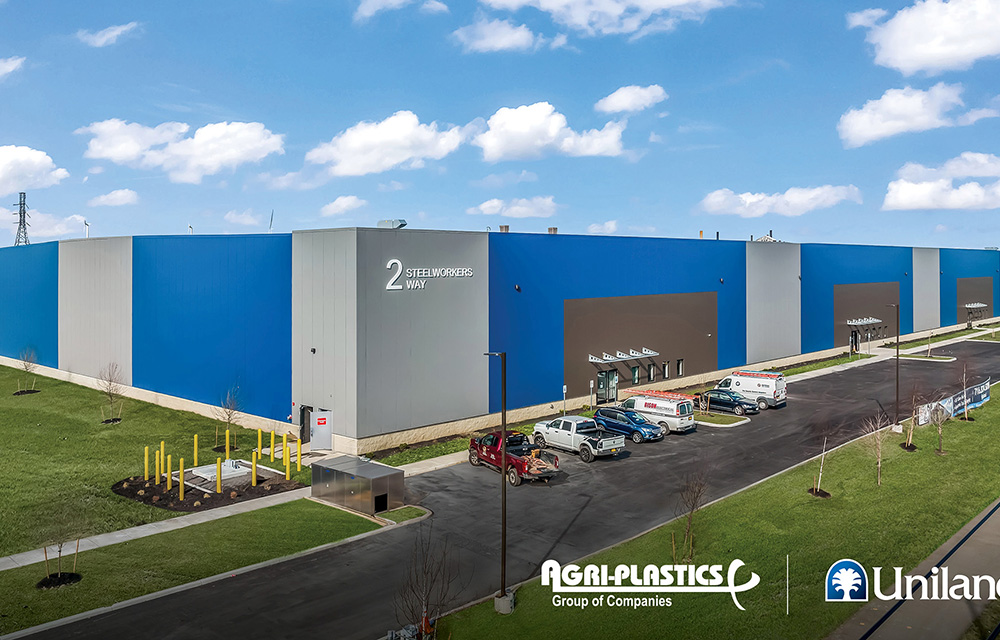
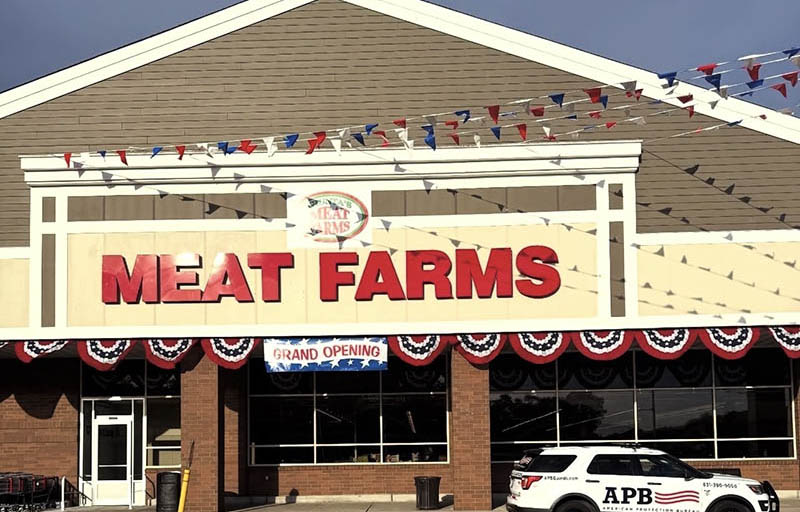
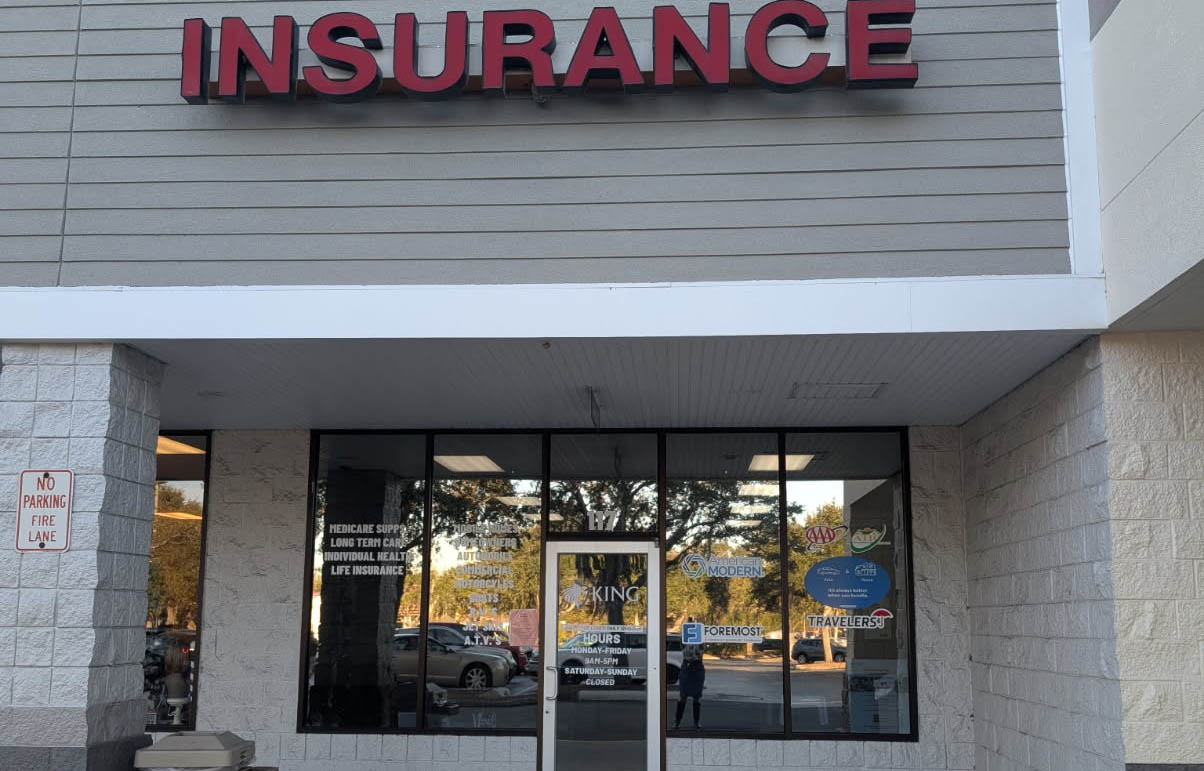
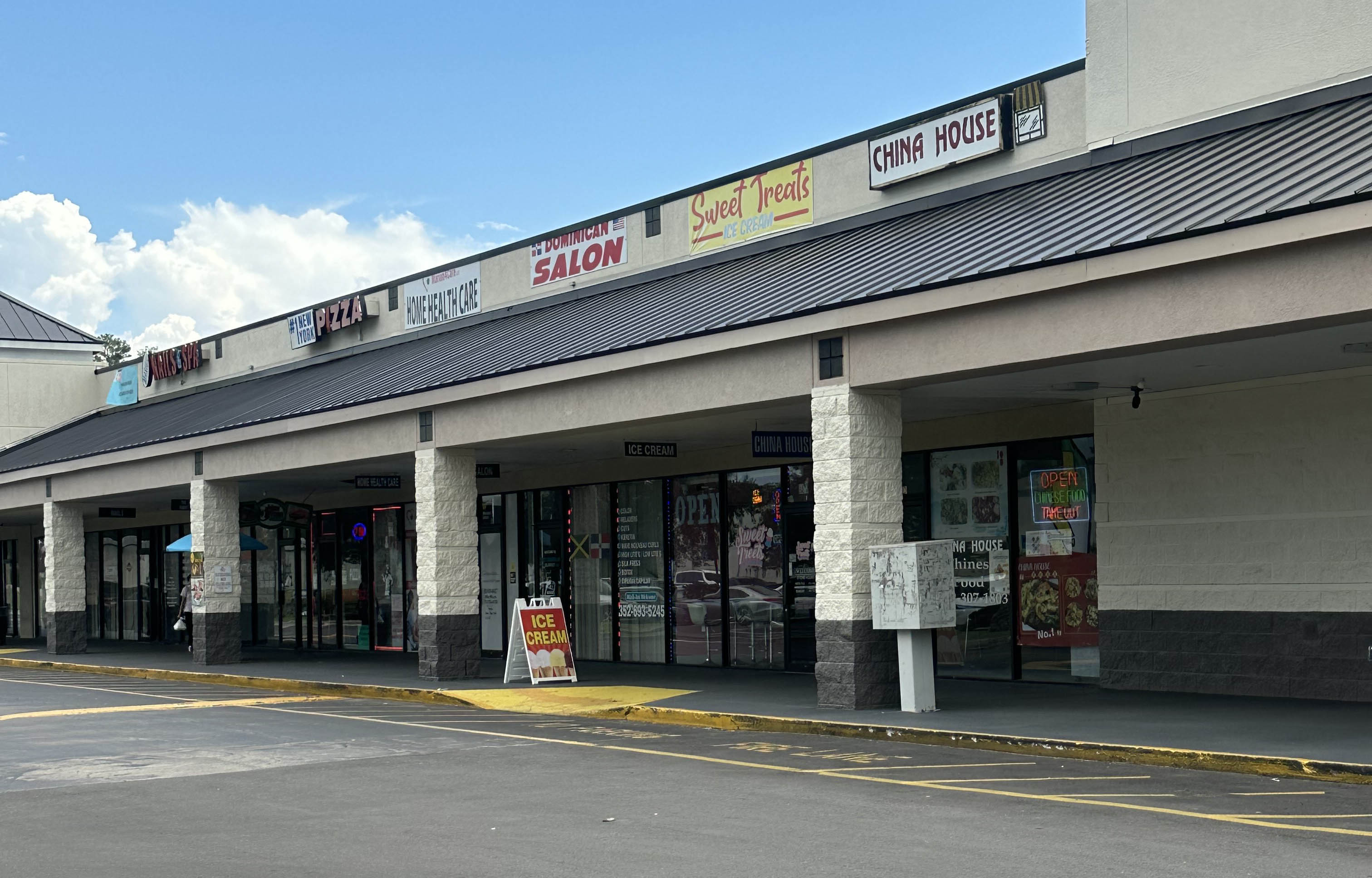


.jpg)

.gif)